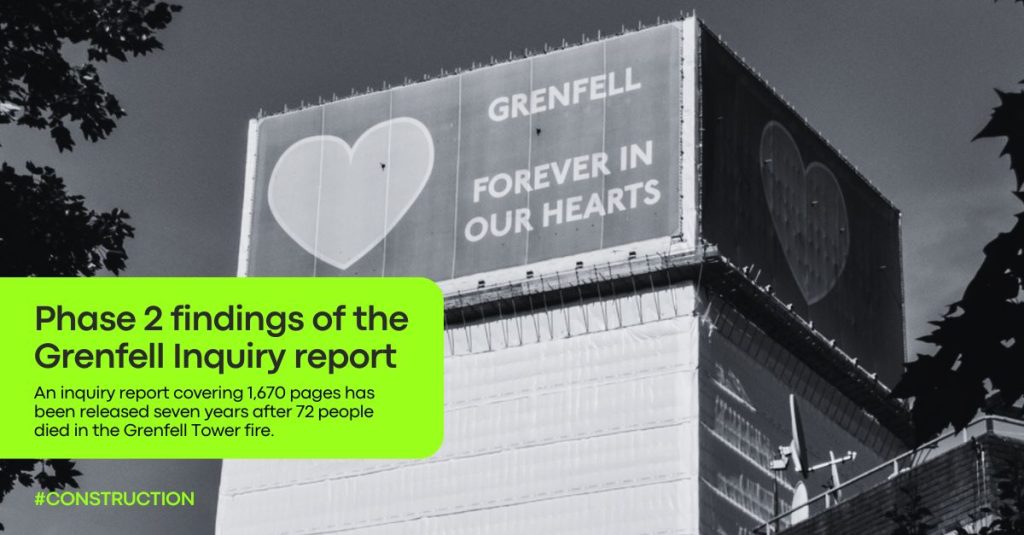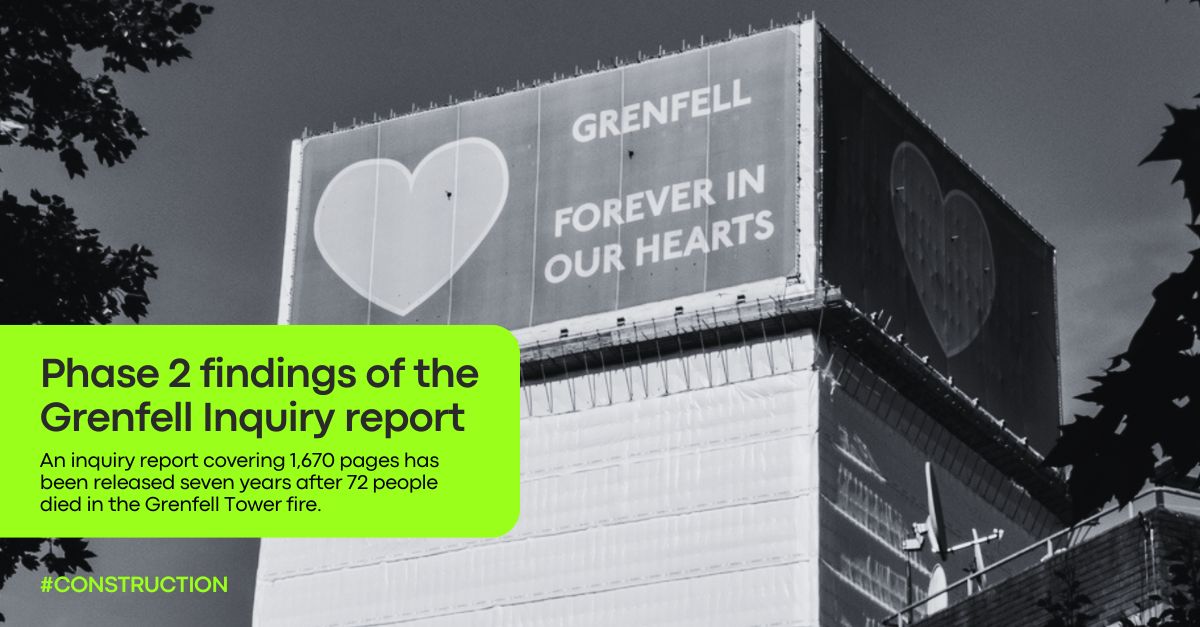
Join the Six Sigma event at Valeo – 30th September 2024
Join us for the CQI | The Chartered Quality Institute Birmingham branch event on the 30th September Valeo’s Aftersales Quality Manager Dave Treadwell will be

An inquiry report covering 1,670 pages has been released seven years after 72 people died in the Grenfell Tower fire. Here are some key points to remember.
“Systemic dishonesty” contributed to the Grenfell Tower disaster seven years ago, a public inquiry has found.
The report exposed years of missed opportunities to prevent the disaster and how commercial interests compromised fire safety officials.
These are some key findings from the 1,670-page report into the UK’s deadliest residential fire in decades.
Grenfell Tower’s Inquiry reported that “systemic dishonesty” by those who manufactured and sold panels and insulation products played a significant role in the building’s combustible cladding.
“They engaged in deliberate and sustained strategies to manipulate the testing processes, misrepresent test data and mislead the market,” it stated.
Among the companies cited in the report is Arconic Architectural Products, which “deliberately concealed from the market” the true extent of the danger associated with its Reynobond 55 PE rainscreen panels.
Celotex also received criticism for its combustible RS5000 foam insulation. It said the company “embarked on a dishonest scheme to mislead its customers and the wider market”.
At the time of the disaster, the system regulating the construction and refurbishment of high-rise residential buildings was “seriously deficient in a number of respects”.
As a result, the government failed to monitor that system and ensure that industry was informed of dangers it became aware of.
Additionally, the report examined the “inappropriate relationship” between inspectors and those they inspected.
“Approved inspectors had a commercial interest in acquiring and retaining customers that conflicted with the performance of their role as guardians of the public interest,” stated the report.
The report pointed to the Building Research Establishment, a trusted name in the construction industry, saying that its systems were “not robust enough to ensure complete independence”.
“As a result, it sacrificed rigorous application of principle to its commercial interests,” the report said.
The inquiry concluded that the underlying conflict of interest will persist and threaten the integrity of the system, so changes are required.
Despite a serious fire at an 11-storey tower block in Merseyside in 1991, successive governments failed to identify the risks posed by combustible cladding panels and insulation.
“Indeed, by 2016 the department was well aware of those risks, but failed to act on what it knew,” it said.
According to the report, the government failed to heed a warning by the Environment and Transport Select Committee in 1999 that steps should not wait for a deadly fire to take steps to minimise external cladding systems’ risks.
The Tenant Management Organisation (TMO), responsible for running Grenfell Tower services, was also criticised.
Relations between the TMO and residents “were increasingly characterised by distrust, dislike, personal antagonism and anger” and “some, perhaps many, occupants of the tower regarded the TMO as an uncaring and bullying overlord that belittled and marginalised them”.
It said there was a “toxic atmosphere fuelled by mistrust of both sides” but there was a “serious failure” by the TMO in allowing the relationship to deteriorate to such an extent.
The TMO and the Royal Borough of Kensington and Chelsea were jointly responsible for managing fire safety at Grenfell Tower between 2009 and 2017, but there was “persistent indifference” to fire safety, according to the report.
This report recommended that an independent regulator be established to drive “much-needed change” in the industry, and that this regulator report to a single secretary of state.
Construction products would be regulated, testing would be performed and certification would be issued, contractors would be licensed to work on higher-risk buildings, research would be carried out, and fire risk assessors would be accredited.
A chief construction adviser with sufficient budget and staff should be appointed by the secretary of state, to whom this body would report.
Additionally, it called for formally recognising the title and function of fire engineer, which does not currently require formal qualifications.

Join us for the CQI | The Chartered Quality Institute Birmingham branch event on the 30th September Valeo’s Aftersales Quality Manager Dave Treadwell will be

An inquiry report covering 1,670 pages has been released seven years after 72 people died in the Grenfell Tower fire. Here are some key points

Join The CQI on 23-26 September for a programme of interactive sessions delivered by expert speakers designed to support your journey as a quality professional.

Make UK’s latest deep dive into the state of UK infrastructure is out now! ‘Infrastructure: Enabling Growth by connecting People and Places’ examines manufacturers’ perceptions of